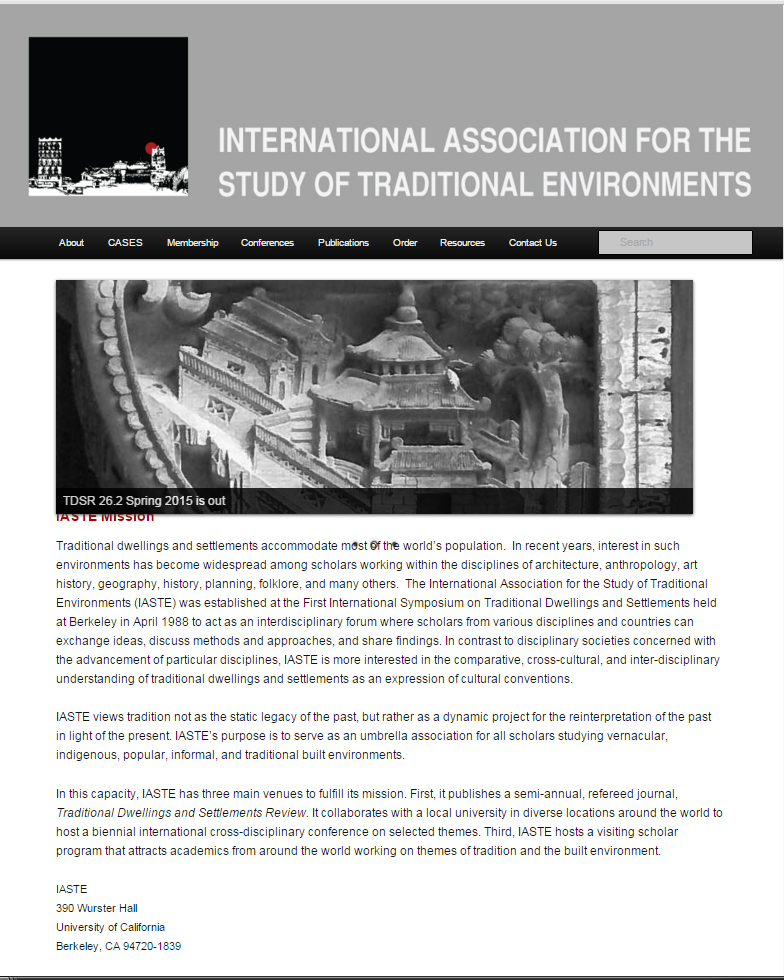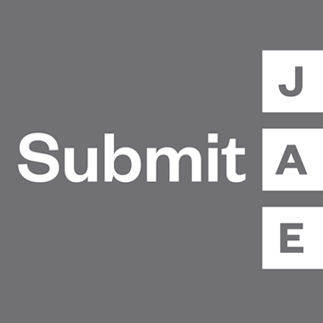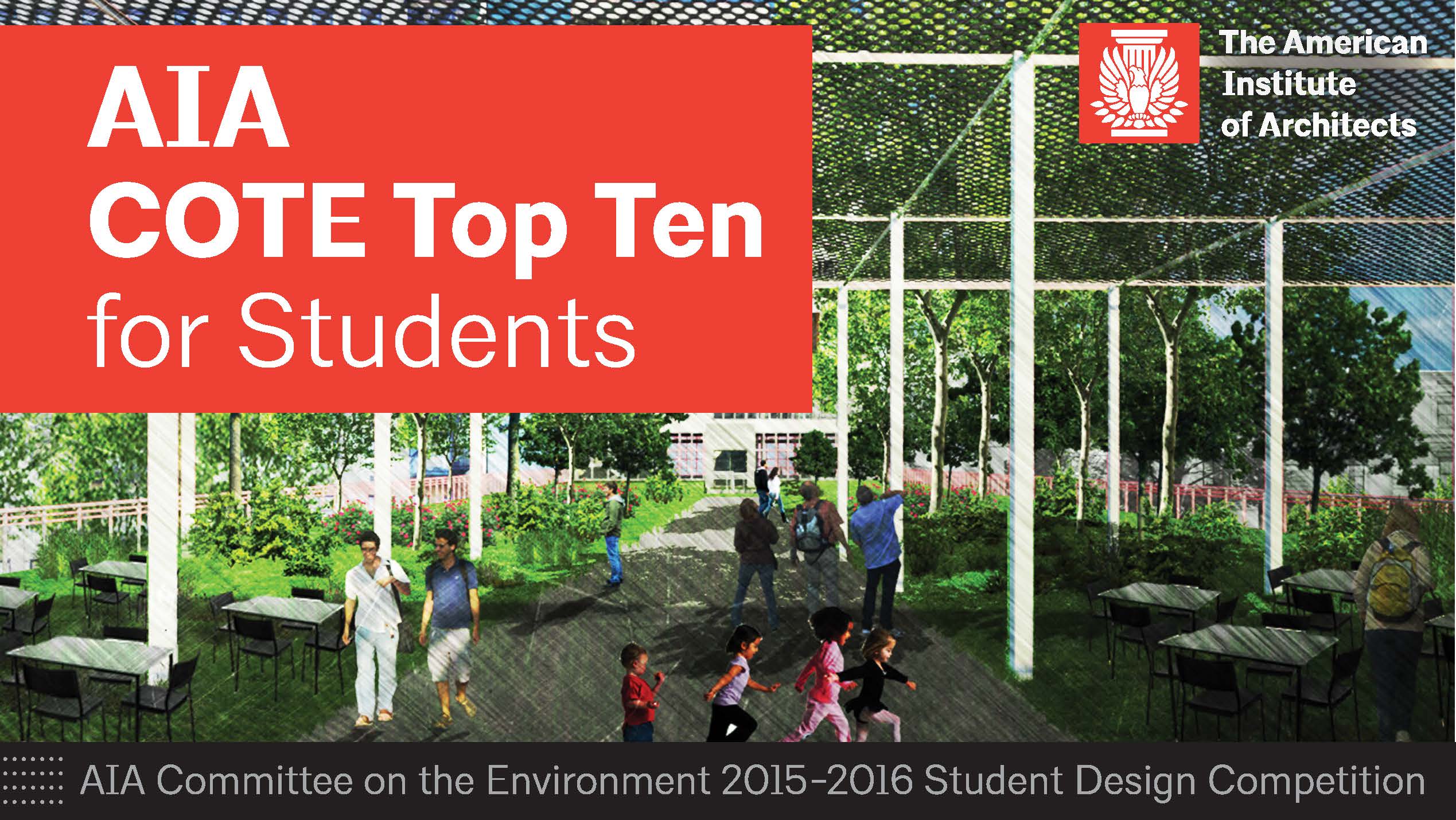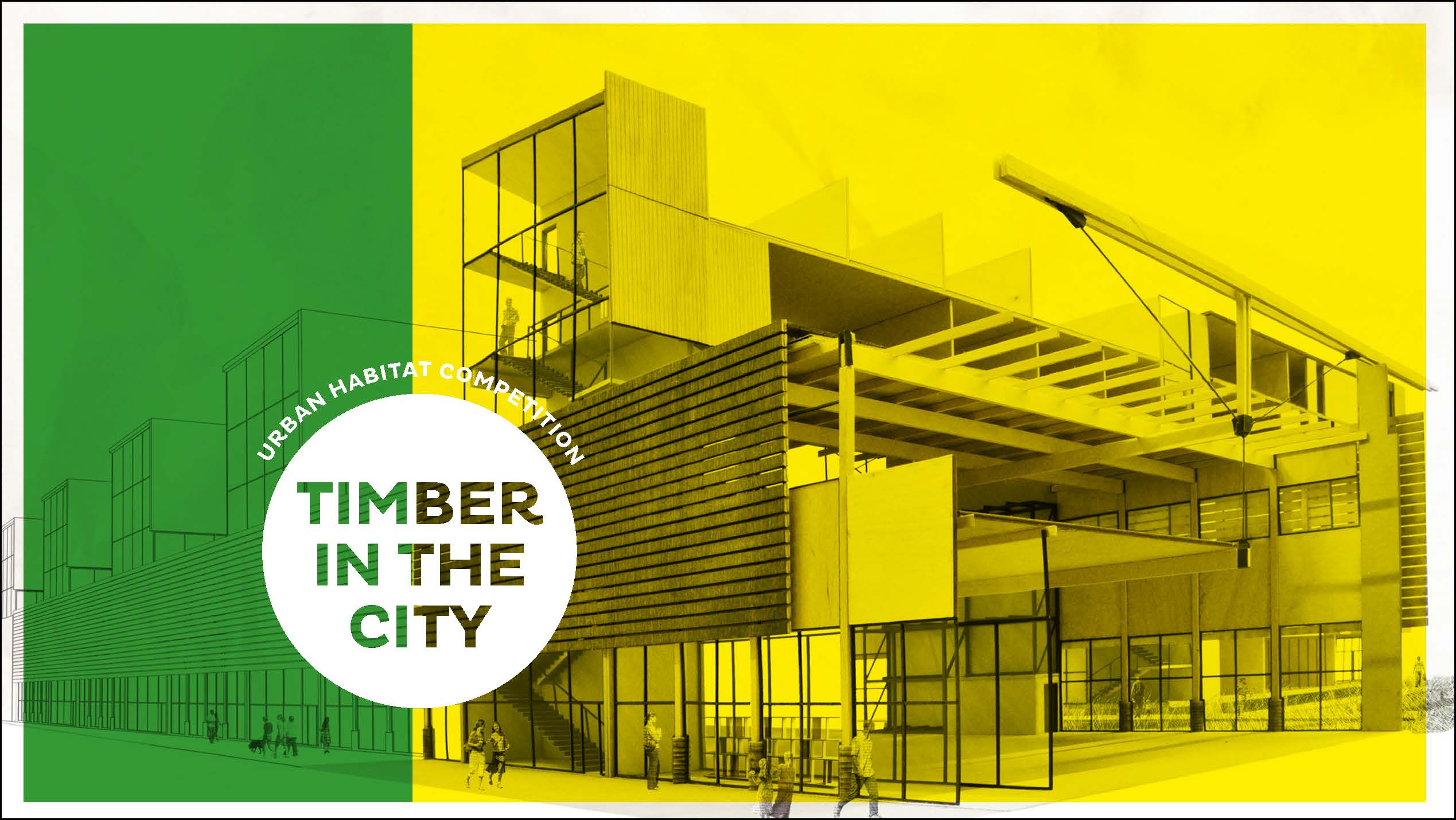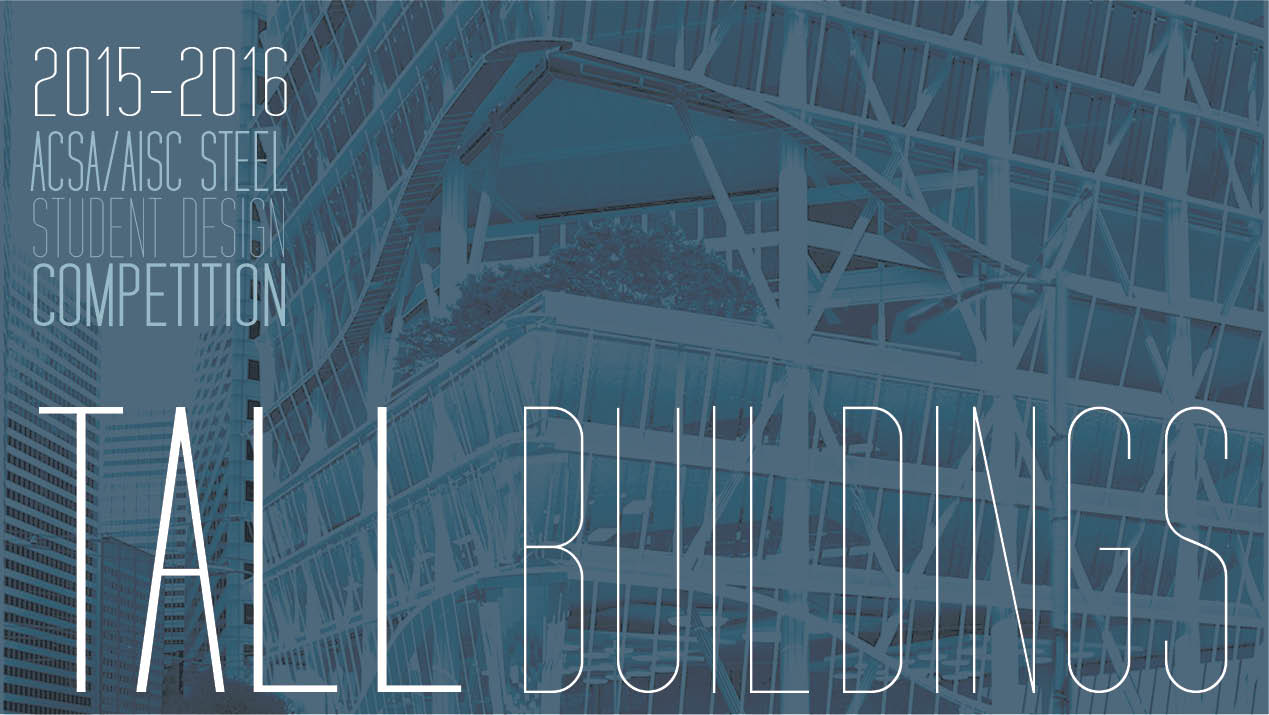The Department of Architecture, College of Architecture, Art and Design at the American University of Sharjah, United Arab Emirates is pleased to announce the following faculty appointments commencing Fall 2015.
Daniel Chavez has been appointed as an Assistant Professor. With over eleven years in the architectural profession working with RMKM Architecture and at the office of Antoine Predock Architect he has completed many built projects in New Mexico as well as contributing to international projects in Winnipeg, Shanghai and Chengdu. He also worked with Gensler Architecture on the Virgin Galactic Space Port competition team and with Gould-Evens Architecture on CNM Westside Phase III. A passionate furniture designer and maker, Chavez strives for simplicity in his work believing inherent qualities of a material inform design. His courses in material fabrication employ traditional wood working techniques to exhibit structural and architectural principals. Previously a Visiting Assistant Professor at AUS, in spring 2015 Chavez introduced full-scale, project-based learning to the Interior Design program at AUS. His efforts in leading the Senior Project design/build initiative will continue indefinitely.
Marcus Farr has been appointed as an Assistant Professor. Farr has 10 years of experience working in architecture, urban design & site specific landscape architecture throughout the United States, Europe, Middle East and Asia. This includes collaborations with the offices of James Burnett, SOM, Gensler, Carlos Jimenez Studio, HOK, Robert A.M. Stern, PDR and HKS. Relative publications include Landscape Architecture Magazine, Texas Architect, Architectural Record, Architect, Cite Magazine, The New York Times, and World Architecture Magazine. Marcus received a post-professional M.Arch from Rice University, as well as a Professional Degree in Architecture (B.Arch) and a B.A. in Studio Art from Drury University with further studies at the AA. His teaching will focus on performative & sustainable building methods, professional practice & digital design/fabrication.
Gregory Thomas Spaw has been appointed as an Assistant Professor. He is an educator, designer, scholar and entrepreneur. Concurrent with his academic engagement, Spaw is a principal of SHO, a design collaborative that straddles the territories of teaching, research and practice. He has previous held the Ann Kalla Assistant Professorship at Carnegie Mellon University, served as a visiting professor at the Cracow University of Technology, and taught undergraduate and graduate studios, seminars, and electives at the University of Tennessee. His previous professional experience includes work with the award winning offices of Bohlin Cywinski Jackson, Preston Scott Cohen Inc., and Asymptote. He also contributed toward Independent Architecture’s entry for the PS1 Young Architects Program Competition in Queens, New York and worked on location in Seoul, Athens, and Brussels with LASSA on a series of diverse projects. Gregory holds a Bachelor of Architecture from Kansas State University and a Master in Architecture from Harvard University’s Graduate School of Design.
Igor Peraza has been appointed as a Visiting Assistant Professor. A native of Caracas, Venezuela, Peraza holds a BSc of Architecture from the Universidad Central de Venezuela, received a scholarship to do his Master of Architecture at Hokkaido University in Sapporo, and obtained his Ph.D at the University of Kumamoto, Kyushu, Japan. Professionally, he worked for five years at the Atelier of Arata Isozaki and led the Domus (Museum of Mankind) project on-site in La Coruña, Spain. In 2000 he relocated to Barcelona to work with Miralles Tagliabue as Director of the Santa Caterina Market project. Peraza went on to serve as Director of EMBT’s Shanghai office were he led numerous projects including the Spanish Pavilion at the 2010 World Expo, the New Campus of Fudan University in Shanghai, and the Museum for the Chinese painter Zhang Daqian. He has previously taught at the Polytechnic University of Catalonia, the European Institute of Design, Tongji University, and served as a visiting professor at the Lebanese American University from 2013 to 2015.
Matthew A. Trimble has been appointed as a Visiting Assistant Professor. Trimble founded Radlab in 2008. He has a diverse range of experience working and consulting in the field of architecture for firms that include Neil M. Denari Architects, Behnisch Behnisch and Partner, Preston Scott Cohen, Inc, and dECOi Architects. Trimble has taught seminars, workshops, and studios internationally for both graduate and undergraduate students at the Boston Architectural College, the Wentworth Institute of Technology, the Universidad Francisco Marroquín in Guatemala City, and the Rhode Island School of Design. Trimble studied architecture at The University of Memphis (BFA), where he received the Frances F. Austin Scholarship, and holds a Master’s Degree in Architecture from the Massachusetts Institute of Technology, where he was awarded the Avalon Travel Fellowship.

 Study Architecture
Study Architecture  ProPEL
ProPEL 